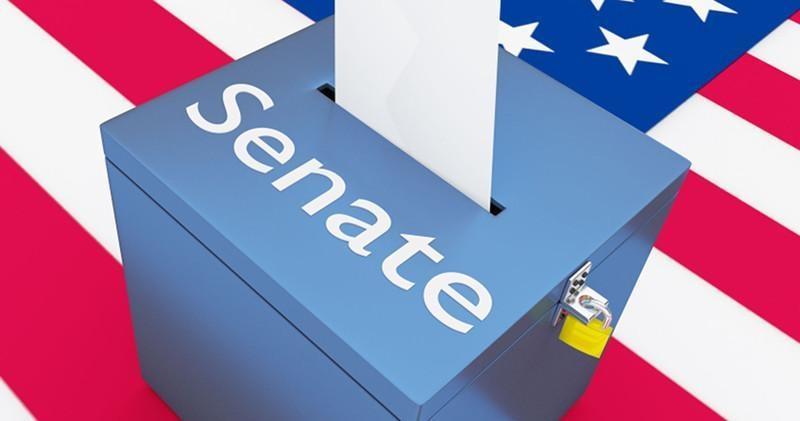
While many voters like to think of themselves as independent-minded folks who consider the person before the party, the 2020 election results paint a different picture. Ticket-splitting is on life support.
The scarcity of mismatched seats at the federal level is well documented. Less than 4 percent of House members (16 of 435) represent districts that voted for the opposing party’s presidential nominee last fall.
It’s a similar story at the state level, where there’s a dearth of districts whose voters split their tickets. People in more than 90 percent of state Senate and state House districts around the country voted for the same party for president as they did for the legislature, according to data compiled by CNalysis.
More specifically, 2,903 districts voted for Joe Biden and a Democrat for the legislature compared to 3,294 districts which voted for President Donald Trump and a Republican for the legislature.
At the federal level, there are currently seven Democrats representing seats Trump carried in 2020: Jared Golden (Maine’s 2nd), Matt Cartwright (Pennsylvania’s 8th), Andy Kim (New Jersey’s 3rd), Elissa Slotkin (Michigan’s 8th), Cheri Bustos (Illinois’ 17th), Cindy Axne (Iowa’s 3rd) and Ron Kind (Wisconsin’s 3rd). At the state level, there are 148 Democrats who represent state legislative districts where Trump topped Biden.
Also at the federal level, there are nine Republicans representing seats Biden won: Brian Fitzpatrick (Pennsylvania’s 1st), John Katko (New York’s 24th), María Elvira Salazar (Florida’s 27th), Beth Van Duyne (Texas’ 24th), Don Bacon (Nebraska’s 2nd), David Valadao (California’s 21st), Mike Garcia (California’s 25th), Young Kim (California’s 39th) and Michelle Steel (California’s 48th). At the state level, there are 365 Republicans who represent districts where Biden outpaced Trump.
In addition, there are 52 more...

